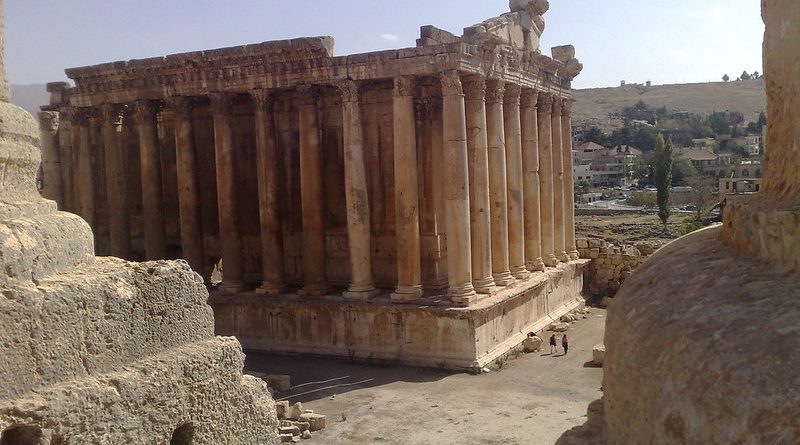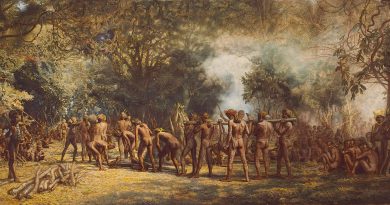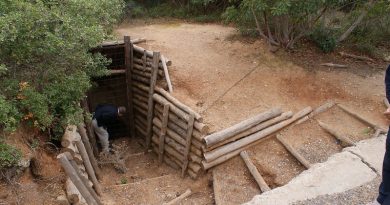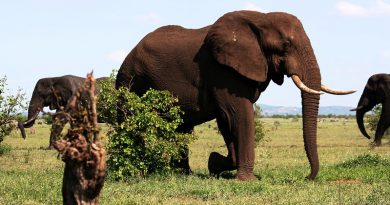Baalbeck – City of the Sun
History Facts
Where: Near Beirut, Lebanon, Middle East
When: From 1st Century BC
History: From Alexander the Great through to the Romans and Arab invasion, it remained a symbol of the opulence of the ancient world
Go There For: Elegant Roman decorated temples, the world tallest column and the international arts festival in July/August
Experience
Watch a clip Ian Wright visits Baalbeck, a symbol of opulence and decadence in the ancient world.
You will need to download the latest version of Real Player in order to view and hear these clips
Baalbeck (or Baalbek) is the historic highlight of any trip to Lebanon. Located 60 miles from Beirut, the site was a symbol of opulence and decadence in the ancient world. Until the mid 1990s, Baalbeck was off-bounds to tourists, as it was the seat of the radical anti-Western Hezbollah party. The political situation is a lot less volatile these days, and as visitors flock to the site once more Baalbeck has reclaimed its reputation as one of the great wonders of the world.
What Happened There?
The site is named after the Phoenician god Baal, for whom the first temple was built in 1BC. After being conquered by Alexander the Great, the site became known as Heliopolis or ‘City of the Sun’. Julius Caesar established a Roman colony here in 47BC, and the Romans equated Baal with one of their own gods, Jupiter Heliopolitan. The impressive Temple of Jupiter was a painstaking project, finally completed in about 60 AD. It was the largest temple built by the Romans anywhere in the world.
The Romans were also responsible for building the richly decorative Temple of Bacchus and the tiny Temple of Venus. The Romans tried to strengthen their political position by associating their own gods with those of the native population and building impressive monuments to them. Originally, the temples were venues for all kinds of sacrifices, orgies and debauched forms of worship practiced by the Phoenicians.
After the completion of the Temple of Jupiter, the massive expansion programme continued into the 3rd century AD in response to the growing threat of Christianity in the area. When theEmperor Constantine came to power the building work was suspended, but his successor, Julian the Apostate, reverted to paganism and unleashed violent fury on the Christians. Eventually, the Christian emperor Theosidius demolished part of the temples at Baalbeck and used the stones to construct a Christian basilica.
When the Arabs invaded Syria, the Acropolis at Baalbeck became a citadel under the rule of Damascus. Over the centuries, it was subjected to numerous raids and invasions, and suffered the destructive forces of nature, when it was damaged in a series of earthquakes. The most serious, in 1759, caused the ramparts to topple and several columns of the Great Temple to fall.
What’s There to See and Do?
European and Lebanese archaeologists laboured throughout much of the 20th century to restore the ruins to original state, as far as possible:
The Great Court was richly decorated with carvings and statues, some of which still remain on the sides of the two pools on either side. The Christian Basilica used to stand in the centre of the Great Court.
The enormous Temple of Jupiter/Baal boasted the tallest columns in the world, an astounding 70ft high. Six columns and the original architrave still remain.
The Temple of Bacchus is one of the most decorative Roman structures in the world. The doorway, with its fallen keystone, has come to represent the fallen grandeur of Baalbeck. The frieze along the temple façade depicts lions and bulls, and the carved stones above display vivid scenes from mythology.
The Baalbeck Festival is an arts event which takes place in July and August every year. The site is a magnificent backdrop to performances by top music talent from all around the world.
More Information
Lebanon Online
A useful introduction to Lebanon’s online community, including cultural and tourist information.
Baalbeck International Festival
News on headlining acts and practical information on this year’s event.
Books
History of Baalbek, Michel Alouf; Book Tree, 1998




